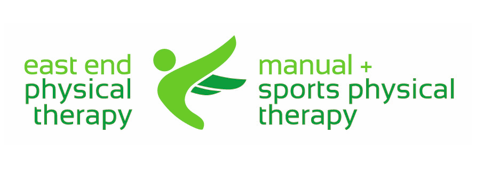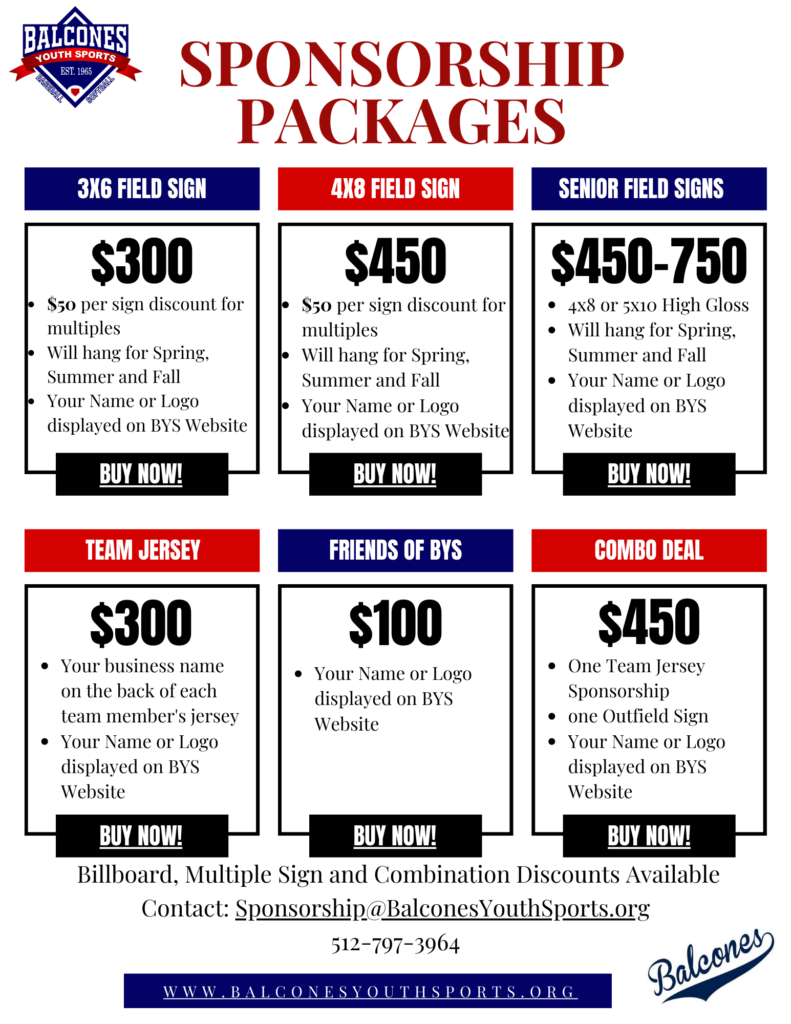Manual & Sports Physical Therapy is a specialized form of physical therapy that focuses on the use of hands-on techniques to treat and prevent injuries related to sports and other activities. This type of physical therapy uses a variety of manual techniques, including soft tissue massage, joint mobilization, stretching, and other therapeutic exercises to help restore movement and improve the function of the body. It is often used to help athletes recover from sports-related injuries and can also be used to help people with chronic pain or other physical limitations. Manual & Sports Physical Therapy can also be used to improve performance and reduce the risk of future injury.
Overview of Manual and Sports Physical Therapy
Manual and sports physical therapy are two distinct forms of physical therapy designed to help patients recover from injury or illness and improve their overall physical health. Manual physical therapy focuses on manual manipulation of the body to increase range of motion, reduce pain, and restore function. Sports physical therapy, on the other hand, is focused on helping athletes recover from injury and improve performance.
Manual physical therapy is based on the principle of using hands-on techniques to help patients improve their physical function. Techniques such as joint mobilization, soft tissue massage, and stretching are used to help reduce pain, increase range of motion, and improve the body’s ability to move. Manual physical therapy is often used to treat musculoskeletal disorders such as arthritis, neck and back pain, and sports injuries.
Sports physical therapy is primarily focused on helping athletes recover from injury and improve their performance. Sports physical therapists use techniques such as stretching, strength training, and functional rehabilitation to help athletes return to their sport. They also help athletes prevent injuries by teaching them proper technique and helping them find the right equipment for their sport.
Whether you’re dealing with an injury or just trying to improve your physical health, manual and sports physical therapy can be a great option. By utilizing the principles of both manual and sports physical therapy, you can help restore your body to its optimal functioning and reduce your risk of injury.
Benefits of Manual and Sports Physical Therapy
Manual and Sports physical therapy are two of the most effective methods of physical therapy available today. It is designed to help people with a wide variety of musculoskeletal and neurological conditions. Manual physical therapy utilizes hands-on techniques that focus on restoring movement and improving function. Sports physical therapy is directed toward athletes and focuses on injury prevention, rehabilitation, and performance enhancement. Both manual and sports physical therapy offer several key benefits, which include:
Pain Relief: Manual and sports physical therapy are both effective in reducing pain associated with a variety of musculoskeletal and neurological conditions. This can help improve quality of life, as well as providing relief from the symptoms of chronic pain.
Improved Mobility: Through exercise and manual therapy, physical therapists can help improve range of motion, muscle strength, and joint mobility. This can help reduce the risk of injury and improve overall performance.
Reduced Risk of Injury: Physical therapy treatments can improve posture, flexibility, and balance, which all help reduce the risk of injury. This is especially beneficial for athletes who are engaging in sports-specific activities.
Improved Quality of Life: Manual and sports physical therapy can help improve overall quality of life and well-being. Through the use of exercises and manual therapy, physical therapists can improve strength, balance, and mobility, all of which can help improve daily life activities.
Manual and sports physical therapy can be beneficial for people of all ages and abilities. It is important to speak with a physical therapist to determine which type of therapy is best suited for your individual needs. With the right approach and guidance, physical therapy can help you reach your goals and improve your quality of life.
Techniques and Methods Used in Manual and Sports Physical Therapy
Manual and sports physical therapy are specialized fields of physical therapy that focus on the use of manual techniques and methods to treat injuries and other musculoskeletal disorders. Manual therapy, also known as manual mobilization, is a hands-on approach to treatment that involves the application of techniques and methods to restore normal range of motion, reduce pain, and improve function. Manual therapists use a variety of techniques, such as joint mobilization, soft tissue manipulation, myofascial release, muscle energy techniques, and postural re-education, to address the underlying cause of the patient’s condition. Sports physical therapy, on the other hand, focuses on the use of specific exercises to help athletes return to their pre-injury level of performance, reduce pain, and rehabilitate from specific sports-related injuries. Common techniques used in sports physical therapy include biomechanical testing, neuromuscular re-education, core stabilization, and strength training. Both manual and sports physical therapy require a thorough understanding of human anatomy, kinesiology, and pathology in order to provide the best possible treatment for a patient.

Conditions Treated with Manual and Sports Physical Therapy
Manual and Sports Physical Therapy is a specialized form of physical therapy that focuses on the use of hands-on techniques, including soft tissue mobilization, joint mobilization, and manual therapy, to treat a variety of musculoskeletal conditions. This type of therapy can be used to reduce pain, improve mobility, and increase strength. It is often used in conjunction with other forms of physical therapy, such as exercise and rehabilitation.
Common conditions treated with manual and sports physical therapy include strains and sprains, tendonitis, bursitis, shoulder impingement syndrome, rotator cuff tears, lower back pain, sciatica, and neck pain. Conditions such as arthritis, osteoporosis, and chronic pain can also be treated with manual and sports physical therapy.
Manual and sports physical therapy is beneficial for athletes and active individuals who need help recovering from an injury or who are trying to prevent future injuries. The manual therapy techniques used in this type of physical therapy can help to improve flexibility, range of motion, and strength, which can help to reduce the risk of injury. The therapist may also provide exercises and stretches to help the patient manage their condition and prevent future injuries.
Overall, manual and sports physical therapy is an effective treatment for a variety of conditions, from chronic pain to acute injuries. The hands-on techniques used in this type of physical therapy can help to reduce pain, improve mobility, and increase strength. With the help of a qualified physical therapist, individuals can achieve their health and fitness goals.
Post-Treatment Guidelines for Manual and Sports Physical Therapy
Manual and sports physical therapy, when administered correctly, can be an effective way of managing pain and restoring function. However, the success of the treatment often depends on how well the patient follows the post-treatment instructions given to them by their physical therapist. Post-treatment guidelines help patients to understand what they need to do to ensure optimal recovery and to prevent any complications from occurring. To ensure the best results, patients should adhere to the following post-treatment guidelines for manual and sports physical therapy:
1. Follow all instructions given by the physical therapist. This includes advice on stretching, mobilizations, strengthening, and other exercises.
2. Keep up with any prescribed home exercises and rest when necessary.
3. Make sure to attend any scheduled follow-up visits and make any necessary lifestyle changes.
4. Report any changes in symptoms to the physical therapist right away.
5. Avoid any activities that may irritate the affected area.
6. Stay hydrated and get plenty of rest.
7. Eat a healthy, balanced diet.
By following these post-treatment guidelines, patients can ensure that their manual and sports physical therapy treatments are successful and help them to achieve their desired results. With the guidance of their physical therapist, they can identify any potential risks and take the steps necessary to prevent them. By doing so, patients can reduce the risk of any potential complications and enjoy the full benefits of their physical therapy treatment.
Finding the Right Manual and Sports Physical Therapist
Manual and sports physical therapy are two specialized forms of physical therapy that focus on different types of physical therapy treatments. Manual physical therapy is aimed at restoring mobility and addressing musculoskeletal issues, while sports physical therapy focuses on treating sports-related injuries. Choosing the right physical therapist for your needs can be a daunting task, but with the right information, you can make an informed decision.
When choosing the right physical therapist, it’s important to consider their experience and qualifications. Look for physical therapists who have experience in manual therapy or sports physical therapy, as they will be better equipped to provide the best care for your condition. It’s also important to find out about the physical therapist’s qualifications. Find out if they are board certified or have any specialized training in manual or sports physical therapy.
Another important factor to consider when selecting a physical therapist is their approach to treatment. Look for physical therapists who have a holistic approach, as this can help ensure that the treatment plan is tailored to your individual needs. Finally, it’s important to consider the physical therapist’s availability and location. Make sure the physical therapist is located near you and is available during times that work for your schedule.
The right physical therapist can make all the difference in your recovery process. Doing your research and taking the time to find the right physical therapist can help ensure that you get the best care and the best results.
FAQs About the Manual & Sports Physical Therapy
Q1. What is Manual & Sports Physical Therapy?
A1. Manual & Sports Physical Therapy is a form of physical therapy that focuses on the use of hands-on techniques to assess and treat musculoskeletal conditions. This type of therapy is geared toward improving mobility, restoring function, relieving pain, and preventing injury.
Q2. What conditions can be treated with Manual & Sports Physical Therapy?
A2. Manual & Sports Physical Therapy can be used to treat a wide variety of conditions, including sprains and strains, tendinitis, bursitis, arthritis, shoulder impingements, and post-surgical rehabilitation. It can also be used to help improve muscle strength, balance, and flexibility.
Q3. How long does Manual & Sports Physical Therapy take?
A3. The length of treatment varies depending on the condition being addressed. Generally, manual physical therapy sessions last 30-60 minutes. The number of sessions needed to achieve your desired results can range from a few to several weeks, depending on the severity of your condition.
Conclusion
Manual and sports physical therapy are both excellent forms of treatment for many different injuries and conditions. Manual physical therapy involves the use of hands-on techniques to help alleviate pain and improve mobility, while sports physical therapy focuses on the prevention and rehabilitation of sports-related injuries. Both types of physical therapy can help to reduce pain, improve mobility, and help people to lead a more active and productive life.



